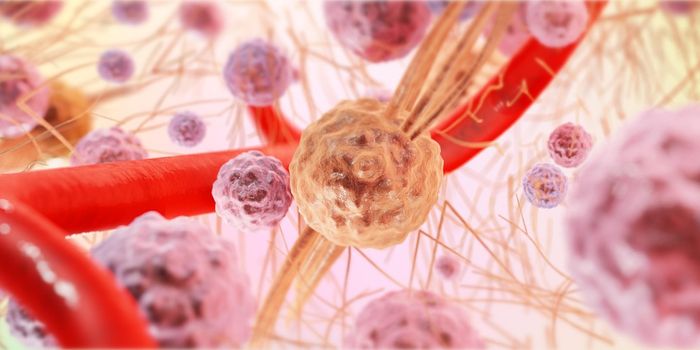What do parasitic fish have to do with cancer?
Have you ever seen a lamprey up close? If you haven’t, you should probably count your blessings, because these fish are terrifying to look at. With their jawless, tooth-filled mouths, a lamprey, which is a parasitic fish that resembles and eel and feeds on the blood of other fish, is enough to induce nightmares in adult humans.
Yet new research published in Science Advances suggests that lampreys might be the perfect vehicle for drugs that treat brain tumors, cancer, and even stroke. The research comes from a team of scientists at the University of Wisconsin-Madison and the University of Texas at Austin and analyzes a type of molecule from the immune system of lampreys, called "variable lymphocyte receptors" (VLRs).
VLRs are unique in their capacity to reach the extracellular matrix or ECM (think back to high school biology class!). "Similar to water soaking into a sponge, the lamprey molecules will potentially accumulate much more of the drug in the abundant matrix around cells compared to specific delivery to cells," explained co-author Professor John Kuo.
Because ECM networks compose a significant part of the central nervous system, the researchers think that VLRs are capable of transporting drugs to the brain more effectively for treatments for brain conditions, particularly in scenarios where the brain-blood barrier has been affected.
(Quick side note: in case you haven’t heard of the brain-blood barrier, it is a physiological aspect that stops potentially harmful agents leaking into the brain but also, therefore does not allow drugs to easily penetrate the brain. In the case of some health situations where the brain is affected, the brain-blood barrier becomes more permeable, which can lead to other problems but on the flip side but also allows drugs to get in.)
"Molecules like this [VLRs] normally couldn't ferry cargo into the brain, but anywhere there's a blood-brain barrier disruption, they can deliver drugs right to the site of pathology," explains lead author Professor Eric Shusta.
The researchers conducted their investigations on mouse models of glioblastoma, an aggressive form of brain cancer. They found that mice that received treatment of VLRs bound to doxorubicin, a drug used to treat this cancer, resulted in prolonged survival of the individuals. While more research is needed on this topic, the investigators are hopeful about what their findings could mean for future treatment methods.
Sources: Medical News Today, Science Advances









